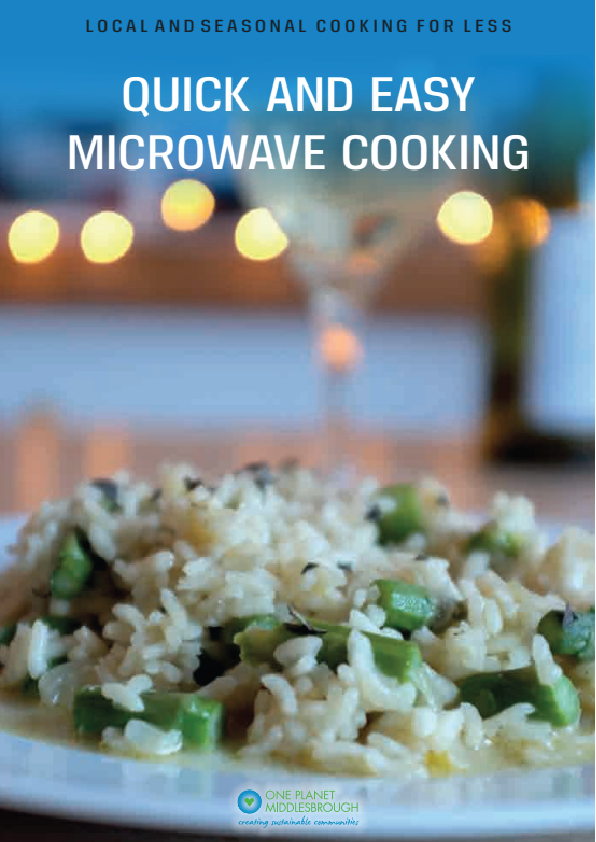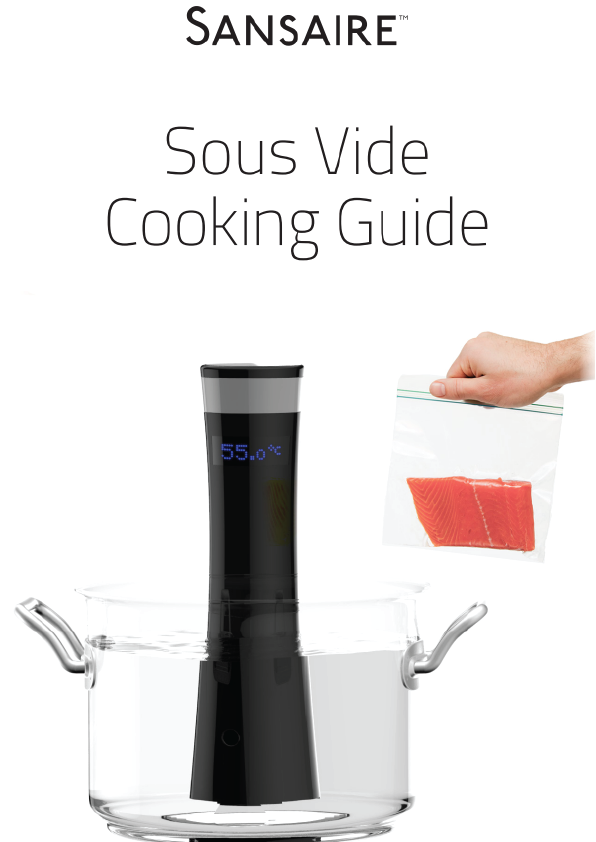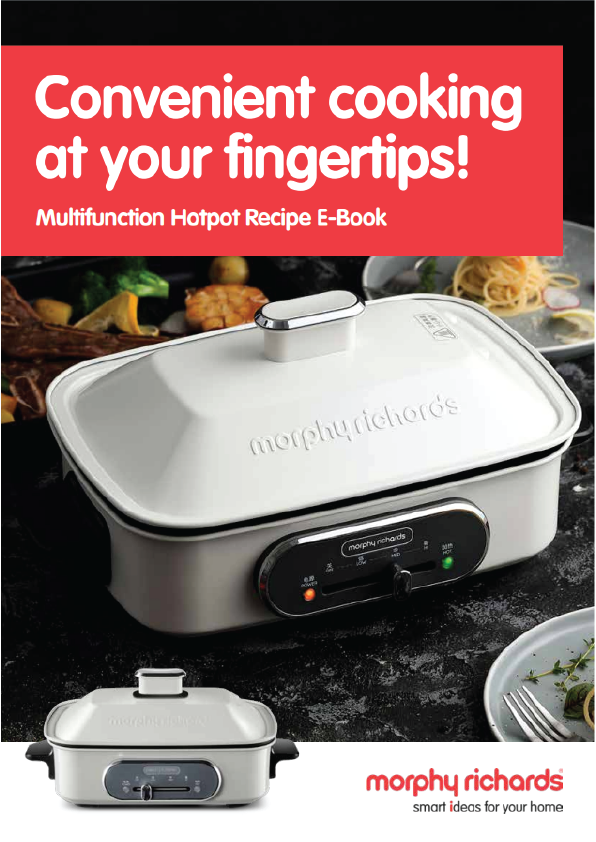Welcome to Quick and Easy Microwave Cooking
The aim of Quick and Easy Microwave Cooking is to help people live a healthier and more sustainable lifestyle and save money.
A microwave is a very energy efficient and low cost appliance that can produce healthy food quickly. The contents of this recipe book are organised by season so you can see and use what is available at different times of the year.
If you use the Growing Middlesbrough website www.growingmiddlesbrough.org.uk you can also source locally produced ingredients.
Quick and Easy Microwave Cooking was developed by the Federation of City Farms and Community Gardens as a part of the One Planet Middlesbrough: Creating Sustainable Communities project, which is funded by the Big Lottery’s Communities Living Sustainably programme. One Planet Middlesbrough: Creating Sustainable Communities is a project helping Middlesbrough residents live more sustainably and save money.
To find out more, visit www.menvcity.org.uk/opm We hope you enjoy this book and find it useful. Michael Marston, Northern Development Co-ordinator, Federation of City Farms & Community Gardens.
Easy as Pie
- Microwave ovens work by producing electromagnetic waves via a magnetron inside the oven. These waves create friction in the water molecules in the food, which then causes them to heat. The same process is used in a conventional oven, but the microwave is faster.
- This process makes microwave cooking particularly good for liquid foods such as soups, sauces, casseroles etc. and when cooking at low power levels.
- Containers suitable for microwave cooking should allow the microwaves to pass through e.g. glass & ceramics. Metal containers are not suitable and only plastic containers labelled ‘microwave safe’ should be used. Most takeout containers, can be used.
- Cover bowls, where indicated in the recipes, with cling film, plate or similar lid to prevent splashing. Always remove cling film and lids carefully as the steam trapped can cause serious burns.
Why cook seasonally?
Eating fruit and vegetables that are in season is a good idea because:
- They will have travelled fewer miles therefore saving energy and CO2 emissions.
- They have been grown in this country so will be fresher.
- Food grown here helps to support our farming and food growing communities sustaining jobs and local business.
- They will taste better and have a greater nutritional value.
- It helps us understand the seasonal cycle and encourages greater variety in our use of ingredients throughout the year.
Whether you buy from a local shop or a supermarket, food sold in the EU must be labelled to show where it has come from. If in any doubt, look for the Union Jack flag that tells you it has been grown in this country. Additional information about the quality and origin of the food that we buy is provided by other labels, a number of which are shown on page 60. It is useful to be familiar with these when you go shopping so you know what you are buying.
Bean and Tomato Soup
This is a recipe to use when you’ve been busy all day and you want something quick, tasty and simple. It can be prepared from your store cupboard ingredients, supplemented by any seasonal vegetables you have. Using fresh herbs will add more flavour – you can buy herbs in pots from your local supermarket and keep them on your kitchen windowsill.
Spicy Carrot and Lentil Soup
Whilst carrots don’t come into season until June you can still buy British carrots in the shops all year round. This is because British farmers put their carrots “to bed” in the autumn by covering them with a thick layer of straw to protect them from frost. This eco-friendly way of storage means that the crop is kept fresh.
Do you want to learn more about cooking? You can read through this book above.











